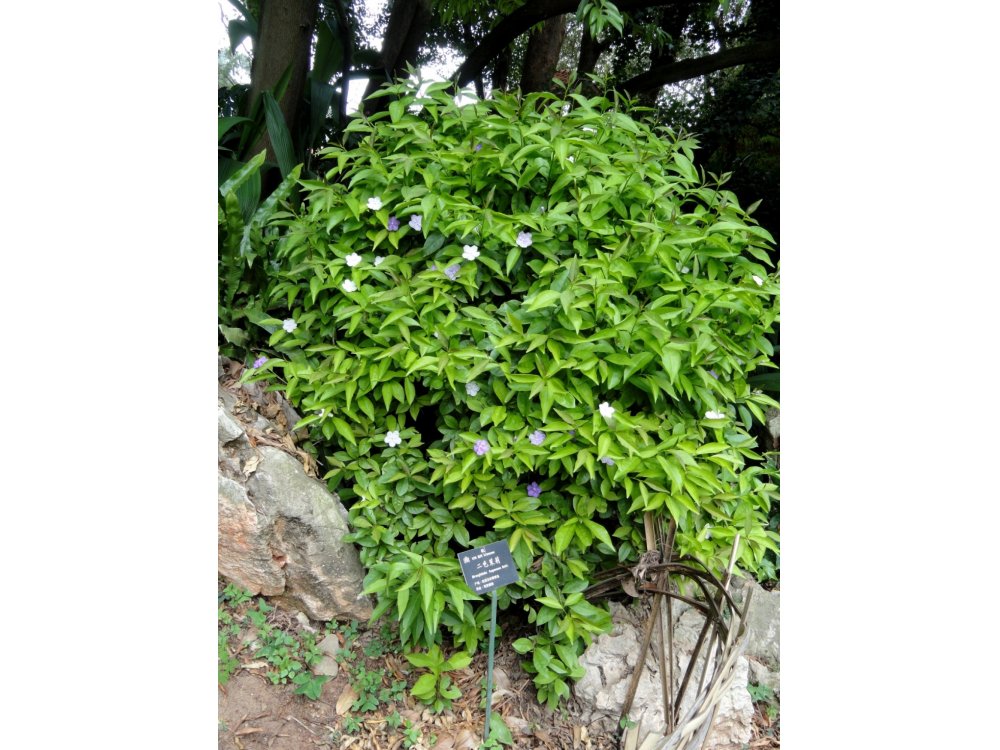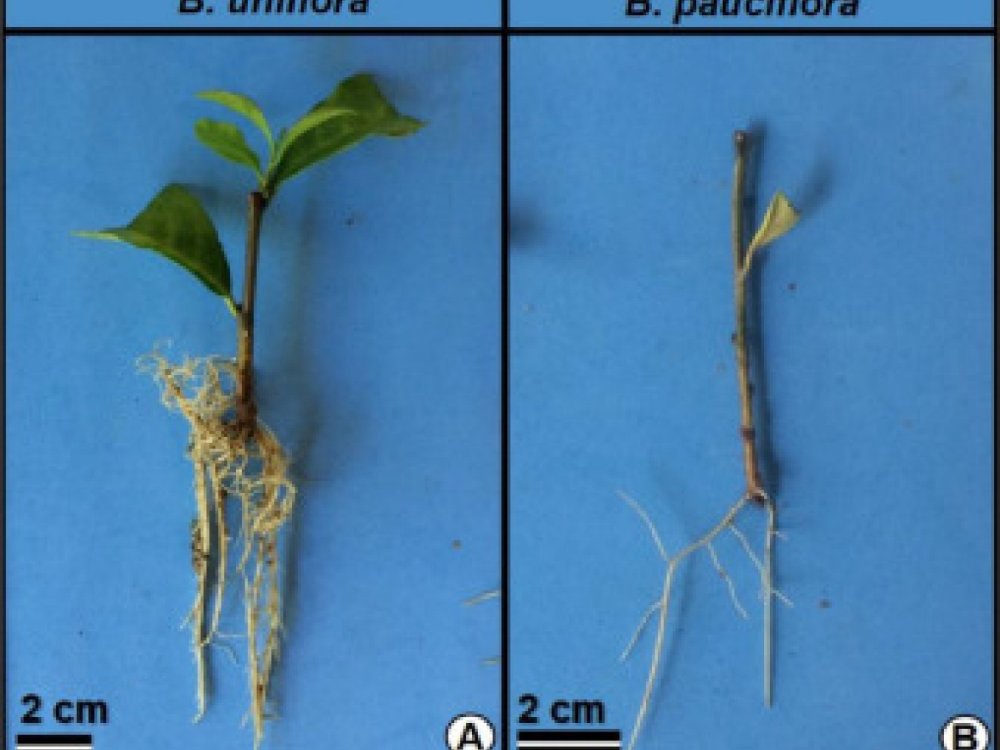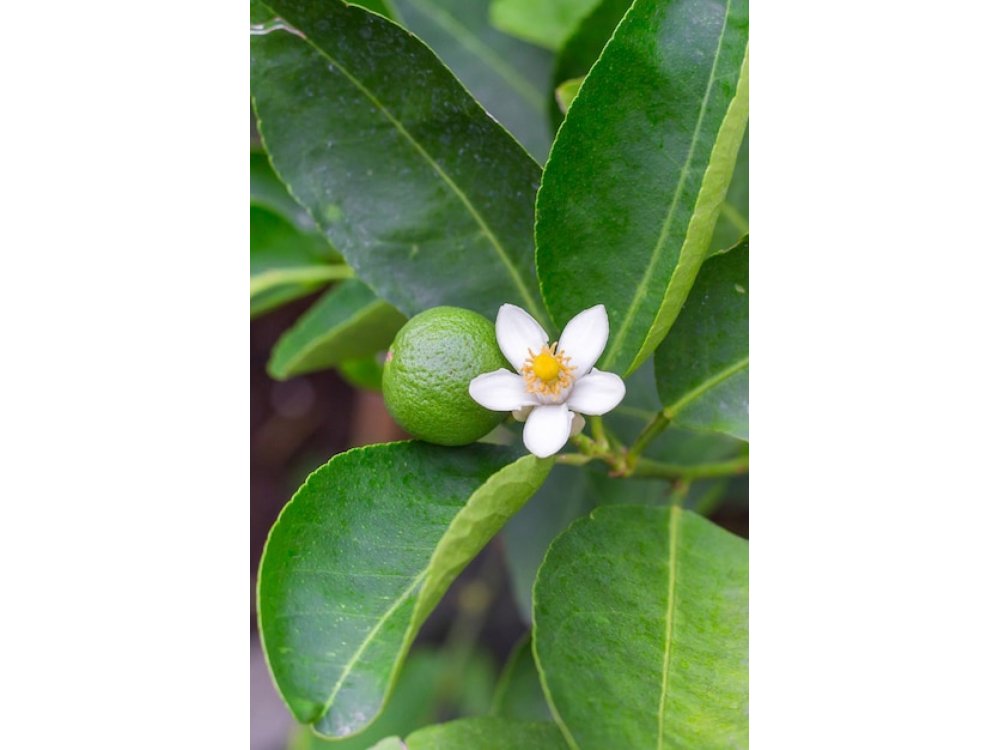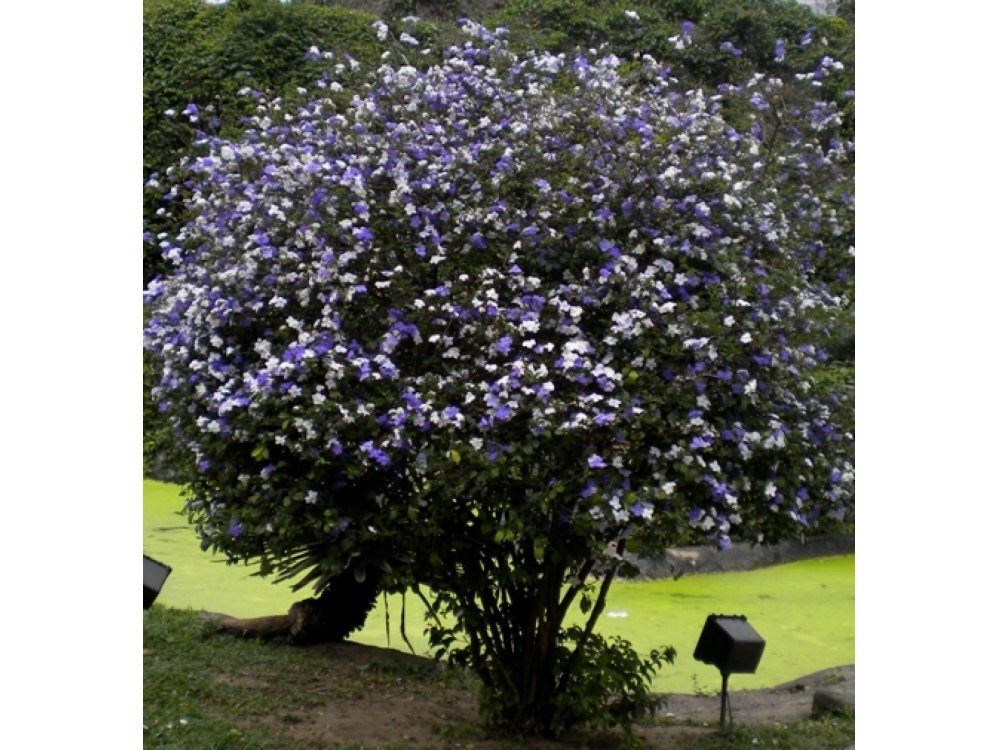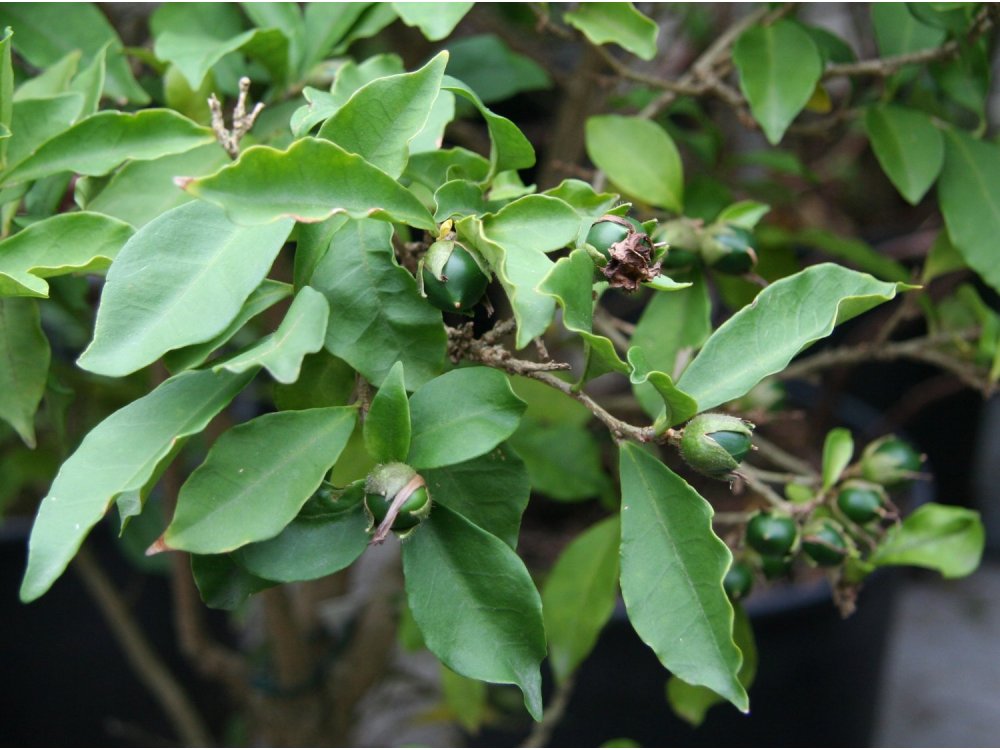Manacá (Brunfelsia uniflora) poison
Click on the photo to zoom
![]() For more information contact us at 26510 22282
For more information contact us at 26510 22282
Product description
NAME: Brunfelsia uniflora
FAMILY: Solanaceae
COMMON NAMES: Manacá
USEFUL PART(S): Roots
Brunfelsia uniflora (syn. Brunfelsia hopeana), the manac, is a species of flowering plant in the family Solanaceae. It is native to Monos Island, Trinidad and Tobago, Venezuela, the Venezuelan Antilles, Guyana, Brazil and northwestern Argentina, and has introduced into eastern tropical Africa, Reunion, Mauritius, India and Assam. A poisonous evergreen shrub typically 0.5 to 3 meters tall is commonly cultivated as an ornamental and as an ingredient in ayahuasca and other potions, usually under the synonym Brunfelsia hopeana.
It grows best in a position with partial shade - when growing in the sun, the foliage can burn and fall off. Prefers loamy, fertile, humus-rich, moist but well-drained soil. Many species of this genus grow wild in alkaline soils and, in non-alkaline soils, all members of the genus can benefit from the addition of some ground limestone
Manacá is a medium-sized, evergreen shrub or small tree with spreading, spreading branches. It usually grows 0.5 - 3 meters tall, but there are reports of plants up to 8 meters
The plant has a long history of domestic use as a medicinal plant and is still often used in modern herbalism. The oil from the flower is used to make perfumes. The plant is also used for its medicinal value
It is often collected from the wild for medicinal use and is also cultivated as an ornamental tree in the tropics, highly valued for its highly aromatic, beautiful, white and purple flowers.
The whole plant contains a very poisonous alkaloid called manasine (it is similar to strychnine in its action). Extract of the root is used as a poison ingredient.
DANGEROUS for rodents (moles, rats, mice, ferrets), domestic animals (cats, dogs, sheep) as well as wild animals (fox, wolf)


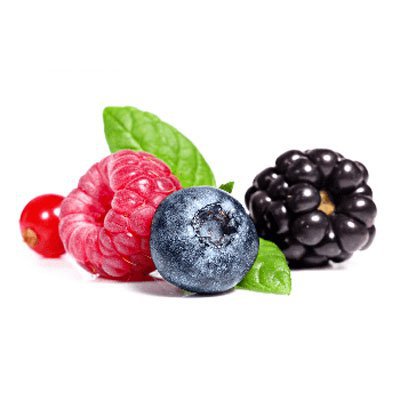
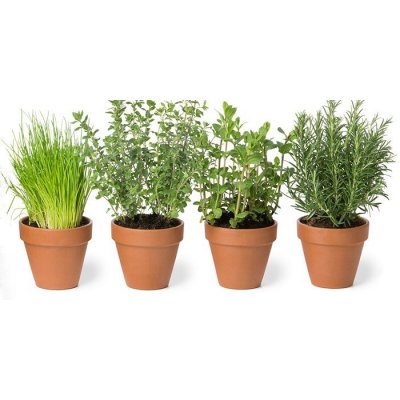
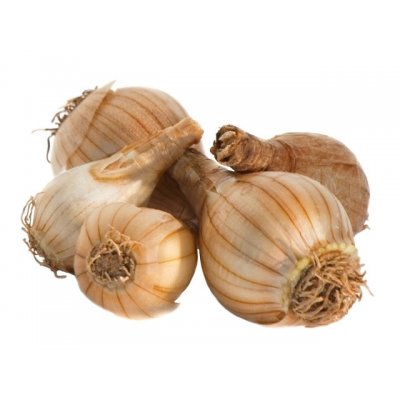
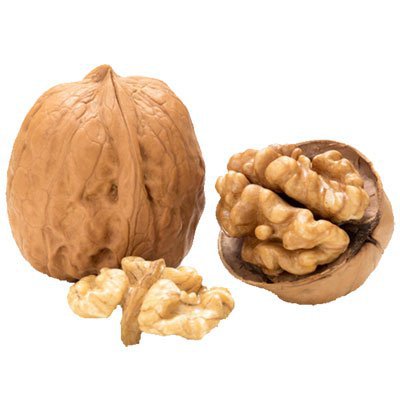

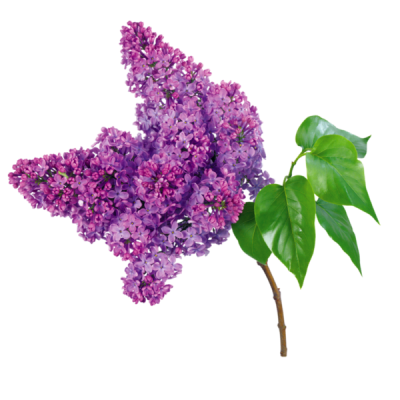
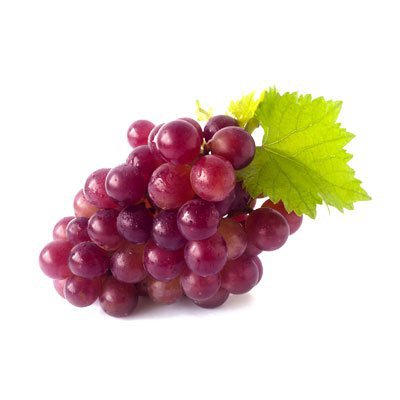
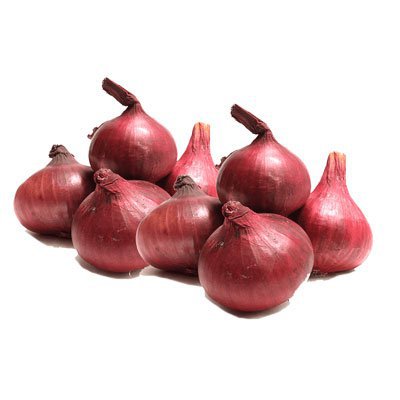
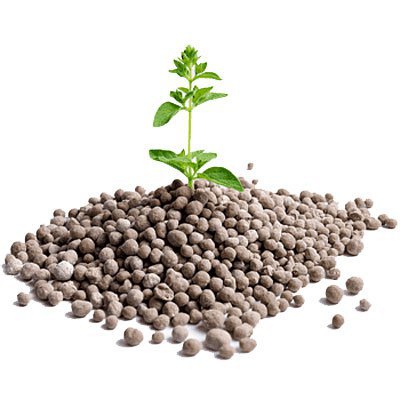
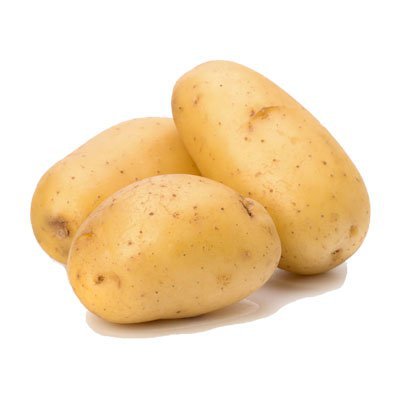
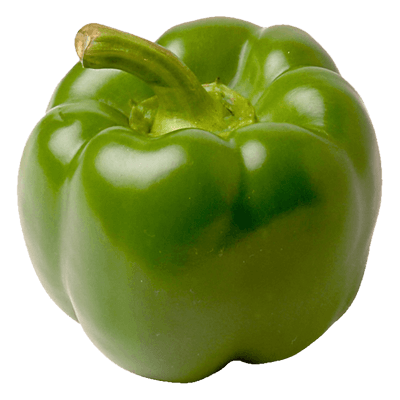


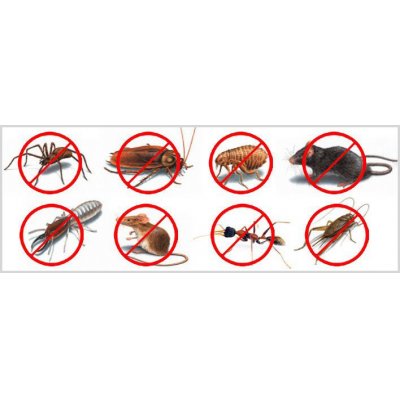
 Forest Fruit Plants
Forest Fruit Plants Spice Herbs Medicinal seeds
Spice Herbs Medicinal seeds Bulbs
Bulbs Fruit Trees
Fruit Trees Garden Materials
Garden Materials Ornamental Plants
Ornamental Plants Grapevine Plants
Grapevine Plants Onion Set
Onion Set Fertilizers
Fertilizers Potato seed
Potato seed Seeds
Seeds Roses
Roses Tropical Plants
Tropical Plants Home Pesticides
Home Pesticides